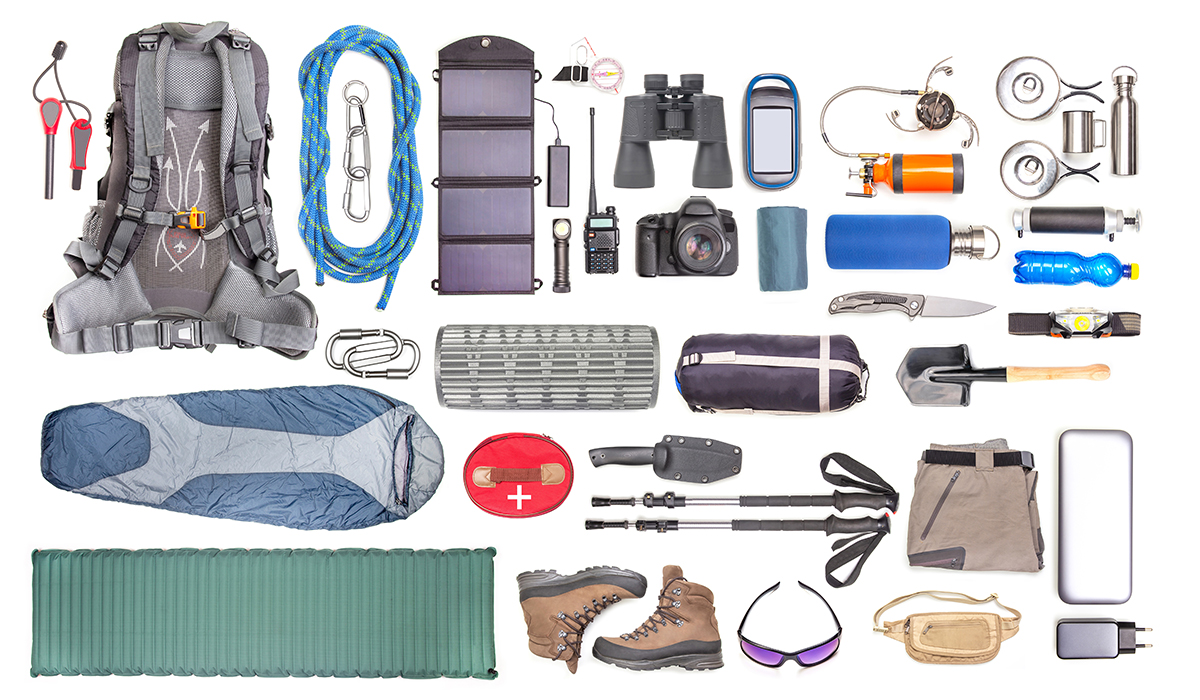The Manaslu Circuit Trek is an iconic, off-the-beaten-path route in Nepal. Its extreme altitudes, shifting weather, and remote conditions demand careful packing. Below is a comprehensive, point-by-point guide, designed to keep trekkers well-equipped, safe, and comfortable through the journey in 2025.

1. Understanding Packing Essentials for Manaslu Trek
Why a Thoughtful Packing List Matters
- The trek crosses altitudes from 700m up to 5,160m (Larkya La Pass), with dramatic temperature changes.
- Trekking through restricted areas, you’ll be days from the nearest towns or shops.
- Weight is crucial; porters have legal weight limits (usually 12-15kg per trekker’s bag).
- Key gear keeps you warm, dry, and healthy.
2. Clothing
Layering System Explained
- Layering lets you respond to temperature shifts and exertion levels:
- Base Layer: Wicks moisture away.
- Insulating Layer: Preserves body heat.
- Outer/Shell Layer: Protects from wind, rain, and snow.
Detailed Packing Breakdown

- Head & Handwear
- Warm wool or synthetic beanie
- Sun hat/cap (wide-brimmed for UV protection)
- Bandana/Buff (multi-use for dust/wind/neck warmth)
- 1-2 pairs thermal gloves (inner), 1 pair wind/waterproof gloves (outer)
- Sunglasses (polarized, UV protected)
- Neck gaiter or scarf
- Footwear
- Trekking boots (well broken-in, ankle support, waterproof)
- 2-3 pairs synthetic/wool trekking socks
- 1 pair liner socks (prevents blisters)
- 1 pair camp shoes/sandals (for evening/lodges/showers)
- 1 pair gaiters (keeps snow and mud out of boots)
3. Sleeping Gear
- Sleeping bag (comfort rating to -15°C / 5°F; -20°C / -4°F preferred)
- Sleeping bag liner (adds warmth, improves hygiene)
- Ear plugs (rooms can be noisy)
- Lightweight pillow or inflatable pillow (optional; lodges sometimes don’t provide)
4. Trekking Equipment
- Trekking poles (highly recommended for stability)
- Backpack (40–55L with rain cover)
- Duffle bag (if using porters)
- Day pack (20–30L, for your daily carry)
- Dry bags/ziplock bags (gear/tech weather protection)
- Headlamp with extra batteries
- Water bottle(s) or hydration bladder (2–3L total capacity)
- Water purification system (Steripen, filtration bottle, or purification tablets)
- Lightweight towel (quick-dry, microfiber)
5. Health, Hygiene & Safety
- Personal Care & First Aid
- Broad-spectrum sunscreen (SPF 30+)
- Lip balm with SPF
- Toiletries (toothbrush, toothpaste, biodegradable soap, small shampoo, comb, razor)
- Quick-drying face towel and washcloth
- Menstrual and hygiene products (as needed)
- Hand sanitizer
- Foot powder/antifungal powder
- First Aid and Medicine Checklist
- Personal prescription medications (with enough for extra days)
- Blister plasters (Compeed), bandages, antiseptic cream
- Painkillers/anti-inflammatory (Ibuprofen/paracetamol)
- Diamox (for altitude sickness, after doctor consult)
- Anti-diarrheal, antihistamine, and antibiotics (doctor recommended)
- Electrolyte/rehydration salts
- Small scissors and tweezers
6. Food & Snacks
- Village tea houses provide meals, but energy snacks can be costly or limited on the trek. Include:
- Energy/protein bars
- Trail mix (nuts, dried fruit, chocolate)
- Electrolyte tablets/powder
- Instant coffee/tea (for personal taste or emergencies)
- Reusable utensils and a cup (some prefer their own)
7. Documentation & Money
- Pack these items in waterproof bags/folders:
- Valid passport, at least 6 months to expiry
- 3-4 passport photos (for permits, emergencies)
- Trek permits (Manaslu Restricted Area, Manaslu Conservation Area, Annapurna Conservation Area)
- TIMS card (Trekkers’ Information Management System)
- Travel and medical insurance (covering trekking up to 5,200m)
- Extra photocopies of documents
- Notepad/pen
- Cash (Nepalese Rupees; carry enough for the trek, as ATMs won’t exist beyond Arughat/Soti Khola)
8. Gadgets & Tech
9. Miscellaneous
- Lightweight padlock (for securing duffle/room)
- Small knife/multitool (check local rules)
- Laundry soap (travel size, for hand-washing clothes)
- Zip ties and duct tape (for repairs)
- Sewing kit
- Playing cards/journal/games for downtime
10. What NOT to Pack
- Heavy/duplicate electronics
- Excess clothing (laundry is possible en route)
- High heels, jeans (bulky and slow to dry)
- Hairdryer, curling irons (no reliable power source)
- Too many toiletries (can be purchased in Kathmandu)
11. Packing Tips & Best Practices
- Keep It Light
- Porters have a strict weight limit (usually 12-15kg per duffle/bag).
- Day pack should stay under 6-8kg for comfort.
- Organize for Efficiency
- Use packing cubes, dry bags, or compression sacks.
- Group items by use (clothing, first aid, tech).
- Acclimatization Essentials
- Water purification & generous hydration are key; always treat tap/source water before drinking.
- Pack medication for altitude and digestive issues — they’re most common among trekkers.
12. Sample Manaslu Trek Packing List Table (Quick Reference)

13. Final Pro Tips for the 2025 Season
- Rent or buy last-minute gear in Kathmandu to avoid extra air travel weight.
- Weather is unpredictable: Always pack one extra layer for emergencies, even in ‘dry’ season.
- Stay organized; frequent unpacking/repacking is normal.
- Share limited resources: Charging points, Wi-Fi, and hot showers are in short supply — be considerate and patient.
- Trekking the Manaslu Circuit in 2025 is an adventure best met with thoughtful, light, and strategic packing. Use this checklist to enjoy the grandeur of the Himalayas in safety and comfort.








